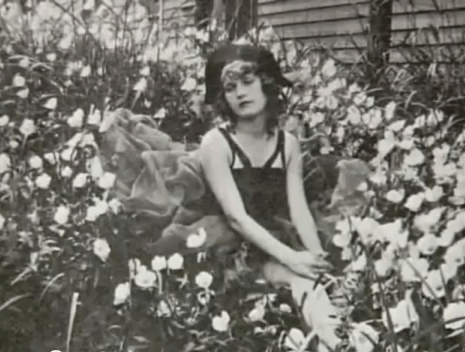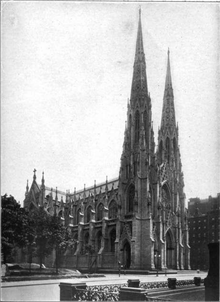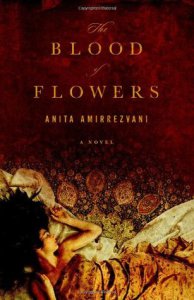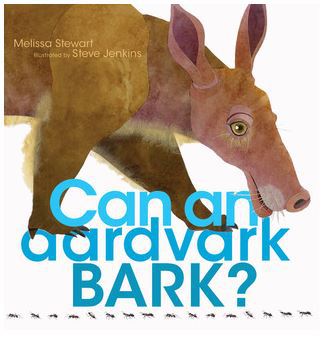
Since this novel is based on the real life of Zelda Fitzgerald, the events and characters in the book are real.
Zelda Sayre Fitzgerald was born in Motgomery, Alabama, on July 24, 1900.


Zelda Sayre was the youngest of six children. Her mother, Minerva Buckner “Minnie” Machen (November 23, 1860 – January 13, 1958), named her after characters in two little-known stories: Jane Howard’s “Zelda: A Tale of the Massachusetts Colony” (1866) and Robert Edward Francillon’s “Zelda’s Fortune” (1874). A spoiled child, Zelda was doted upon by her mother, but her father, Anthony Dickinson Sayre (1858–1931) —a justice of the Supreme Court of Alabamaand one of Alabama’s leading jurists—was a strict and remote man.

Zelda first met Scott Fitzgerald when she was seventeen. He was based on Camp Sheridan, and they met when Zelda did a solo ballet performance in a country club.



Scott Fitzgerald was born in 1896 in St Paul, Minnesota.

During this time and all through the novel, Zelda is friends with Sarah Haardt. Sara Haardt (March 1, 1898 – May 31, 1935) was an American author and professor of English literature. Though she died at the age of 37 of meningitis, she produced a considerable body of work including newspaper reviews, articles, essays, a novel The Making of a Lady, several screenplays and over 50 short stories.

Scribner’s finally published Scott’s first novel, “This Side of Paradise”. Charles Scribner’s Sons, or simply Scribner’s or Scribner, is an American publisher based in New York City, known for publishing American authors including Ernest Hemingway, F. Scott Fitzgerald, Kurt Vonnegut, Marjorie Kinnan Rawlings, Stephen King, Robert A. Heinlein, Thomas Wolfe, George Santayana, John Clellon Holmes, Don DeLillo and Edith Wharton.


This Side of Paradise is the debut novel by F. Scott Fitzgerald. Published in 1920, the book examines the lives and morality of post–World War I youth. Its protagonist, Amory Blaine, is an attractive Princeton University student who dabbles in literature. The novel explores the theme of love warped by greed and status seeking. The novel famously helped F. Scott Fitzgerald gain Zelda Sayre’s hand in marriage due to its success.

At the time Scott also sold the rights of his short story “Head and Shoulders” for a film. “Head and Shoulders” is a short story by F. Scott Fitzgerald written and published in 1920. It was first published in The Saturday Evening Post, with the help of Fitzgerald’s agent, Harold Ober. It later appeared in his short story collection Flappers and Philosophers. It tells the story of a young prodigy at Princeton who falls for a spirited dancer in spite of himself.

Zelda and Scott got married in St Patrick’s Cathedral on April 3, 1920.


Few people attended the wedding: her sisters and brothers-in-law, and Scott’s friend, Ludlow Fowler.

They spend their honeymoon in the Biltmore Hotel. The New York Biltmore Hotel was a luxury hotel in New York City that opened in 1913. It was one of three palatial hotels built as part of the Terminal City development.


Zelda got to meet Scott’s friends from Princeton. One of them was Edmund Wilson Bunny. Edmund Wilson (May 8, 1895 – June 12, 1972) was an American writer and critic. He influenced many American authors, including F. Scott Fitzgerald, whose unfinished work he edited for publication.

Scott and Zelda had a very hectic social life. Zelda was deemed one of the first flappers. Flappers were a generation of young Western women in the 1920s who wore short skirts, bobbed their hair, listened to jazz, and flaunted their disdain for what was then considered acceptable behaviour. Flappers were seen as brash for wearing excessive makeup, drinking, treating sex in a casual manner, smoking, driving automobiles, and otherwise flouting social and sexual norms. Flappers had their origins in the liberal period of the Roaring Twenties, the social, political turbulence and increased transatlantic cultural exchange that followed the end of World War I, as well as the export of American jazz culture to Europe.

The 1920s were marked by the prohibition on alcohol. However, that did not stop the Fitzgeralds from getting drunk almost every night in establishments called speakeasies. Prohibition in the United States was a nationwide constitutional ban on the production, importation, transportation, and sale of alcoholic beverages that remained in place from 1920 to 1933.


A speakeasy, is an illicit establishment that sells alcoholic beverages. Such establishments came into prominence in the United States during the Prohibition era (1920–1933, longer in some states). During that time, the sale, manufacture, and transportation (bootlegging) of alcoholic beverages was illegal throughout the United States.


The book tells us about the scandals in which the Fitzgeralds were involved. One was when Scott undresses in a theatre, intending to copy the dance of Ann Pennington. Ann Pennington (December 23, 1893 – November 4, 1971) was an actress, dancer, and singer who starred on Broadway in the 1910s and 1920s, notably in the Ziegfeld Follies and George White’s Scandals.


Another example is when Zelda swims in the fountain of Union Square.

George Jean Nathan was one of the notorious characters in the Fitzgeralds’ lives. George Jean Nathan (February 14, 1882 – April 8, 1958) was an American drama critic and magazine editor. In the spring of 1919 Nathan paid a then unknown and struggling Fitzgerald—who had written 19 stories and received 122 rejections over the previous year—the sum of $30 for his story, “Babes in the Wood.” It was Fitzgerald’s first commercial story sale. He promoted Fitzgerald’s career by publishing five more of his stories in The Smart Set in 1920 before Fitzgerald was famous.






